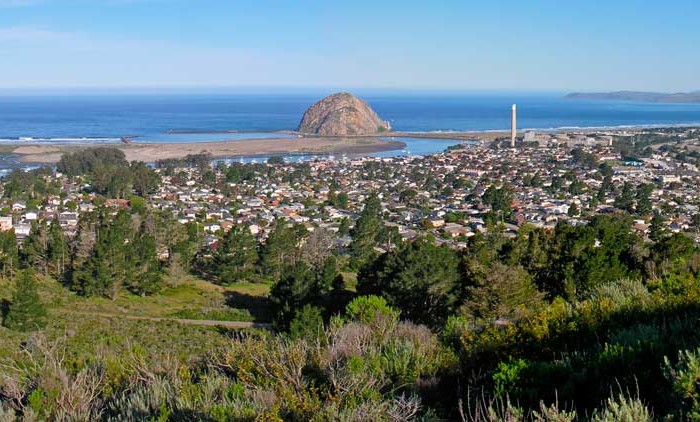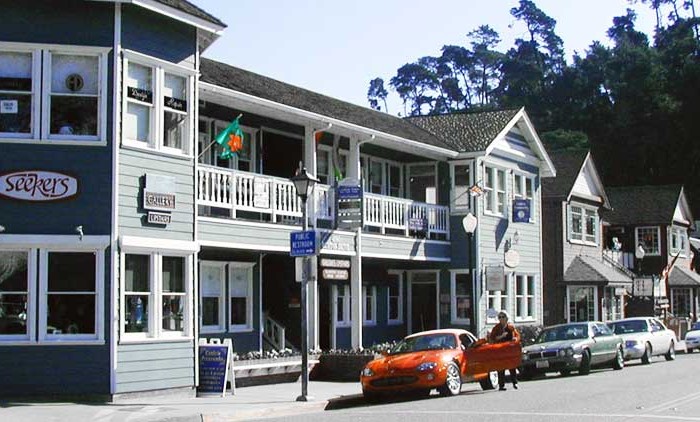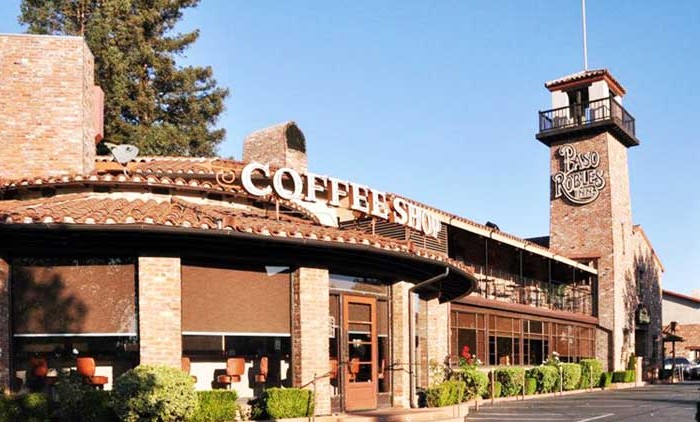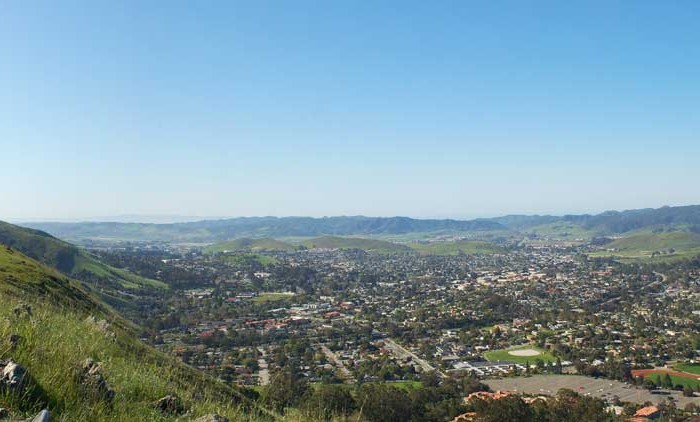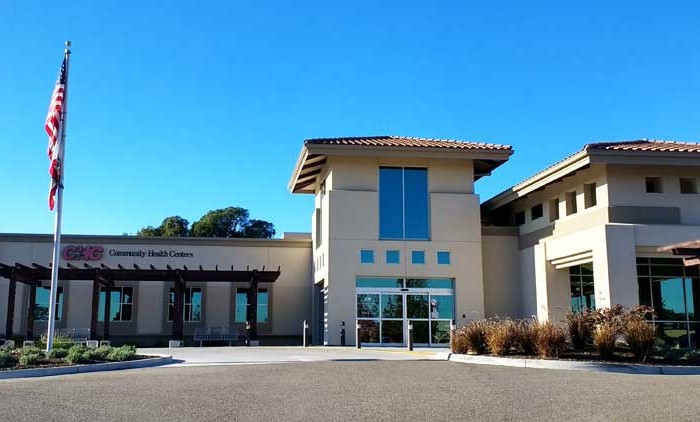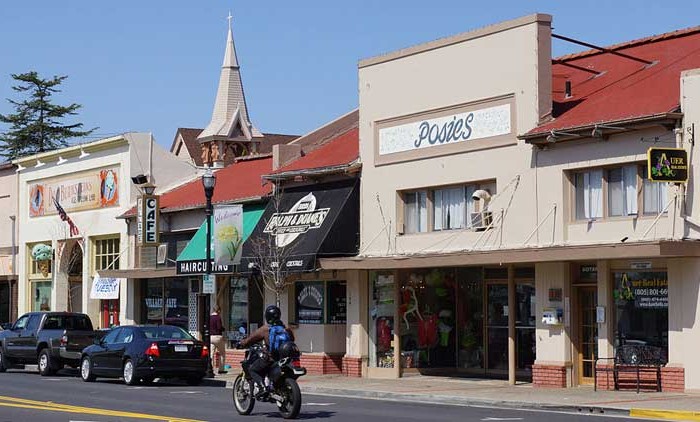Homes, condos and land for sale and rent in Morro Bay, CA
Since the beginning of the 20th century, the town has been a center for beach holidays. Tourism is the city’s largest industry, coexisting with the town’s commercial fishery. The most popular beach is on the north side of Morro Rock, north of the harbor. There are also excellent beaches north and south of the town which are now owned by the State of California.
In the 1940s, Morro Bay developed an abalone fishing industry; it peaked in 1957, and stocks of abalone have declined significantly due to overfishing. Halibut, sole, rockfish, albacore, and many other species are still caught by both commercial and sport vessels. In addition, oysters are aquacultured in the shallow back bay.
According to the United States Census Bureau, the city has a total area of 10.3 square miles (27 km2), of which, 5.3 square miles (14 km2) of it is land and 5.0 square miles (13 km2) of it (48.63%) is water.
The area around the base of Morro Rock is open to visitors, with parking lots and paths. However, climbing the rock itself is prohibited except with a permit, both due to risk of injury, and because it is a peregrine falcon reserve.
Morro Rock is one in a series of similar plugs that stretch in a line inland called the Nine Sisters. It is possible that the landscape moved over a volcanic hot spot through the ages.
Hispanic or Latino of any race were 1,526 persons (14.9%).
The Census reported that 10,073 people (98.4% of the population) lived in households, 36 (0.4%) lived in non-institutionalized group quarters, and 125 (1.2%) were institutionalized.
There were 4,844 households, out of which 919 (19.0%) had children under the age of 18 living in them, 1,972 (40.7%) were opposite-sex married couples living together, 405 (8.4%) had a female householder with no husband present, 217 (4.5%) had a male householder with no wife present. There were 330 (6.8%) unmarried opposite-sex partnerships, and 35 (0.7%) same-sex married couples or partnerships. 1,808 households (37.3%) were made up of individuals and 783 (16.2%) had someone living alone who was 65 years of age or older. The average household size was 2.08. There were 2,594 families (53.6% of all households); the average family size was 2.70.
The population was spread out with 1,530 people (15.0%) under the age of 18, 815 people (8.0%) aged 18 to 24, 2,264 people (22.1%) aged 25 to 44, 3,200 people (31.3%) aged 45 to 64, and 2,425 people (23.7%) who were 65 years of age or older. The median age was 48.9 years. For every 100 females there were 95.8 males. For every 100 females age 18 and over, there were 93.6 males.
There were 6,320 housing units at an average density of 612.3 per square mile (236.4/km2), of which 2,583 (53.3%) were owner-occupied, and 2,261 (46.7%) were occupied by renters. The homeowner vacancy rate was 3.3%; the rental vacancy rate was 6.3%. 5,218 people (51.0% of the population) lived in owner-occupied housing units and 4,855 people (47.4%) lived in rental housing units.
Other cities in San Luis Obispo County
Morro Bay Real Estate for sale and rent
Homes, condos and land for sale and rent in Morro Bay, CA Morro Bay is a waterfront city in San Luis Obispo County, California. As of the 2010 census, the city population was 10,234, down [...]
Atascadero Real Estate for sale and rent
Homes, condos and land for sale and rent in Atascadero, CA Atascadero is a city in San Luis Obispo County, California, about equidistant from Los Angeles and San Francisco on U.S. Route 101. Atascadero is [...]
Pismo Beach Real Estate for sale and rent
Homes, condos and land for sale and rent in Pismo Beach, CA Pismo Beach is a city in San Luis Obispo County, in the Central Coast area of California, United States. The estimate population was [...]
Cambria Real Estate for sale and rent
Homes, condos and land for sale and rent in Cambria, CA Cambria is a seaside village in San Luis Obispo County, California, United States midway between San Francisco and Los Angeles along California State Route [...]
Paso Robles Real Estate for sale and rent
Homes, condos and land for sale and rent in Paso Robles, CA Paso Robles (full name: El Paso de Robles 'The Pass of the Oaks') is a city in San Luis Obispo County, California, United [...]
San Luis Obispo Real Estate for sale and rent
Homes, condos and land for sale and rent in San Luis Obispo, CA San Luis Obispo or SLO for short, is a city in the U.S. state of California, located roughly midway between Los Angeles [...]
Nipomo Real Estate for sale and rent
Homes, condos and land for sale and rent in Nipomo, CA Nipomo is a census-designated place (CDP) in San Luis Obispo County, California, United States. The population was 12,626 at the 2000 census, and grew [...]
Arroyo Grande Real Estate for sale and rent
Homes, condos and land for sale and rent in Arroyo Grande, CA Chico is the most populous city in Butte County, California, United States. As of the 2010 United States Census, the population was 86,187, [...]

